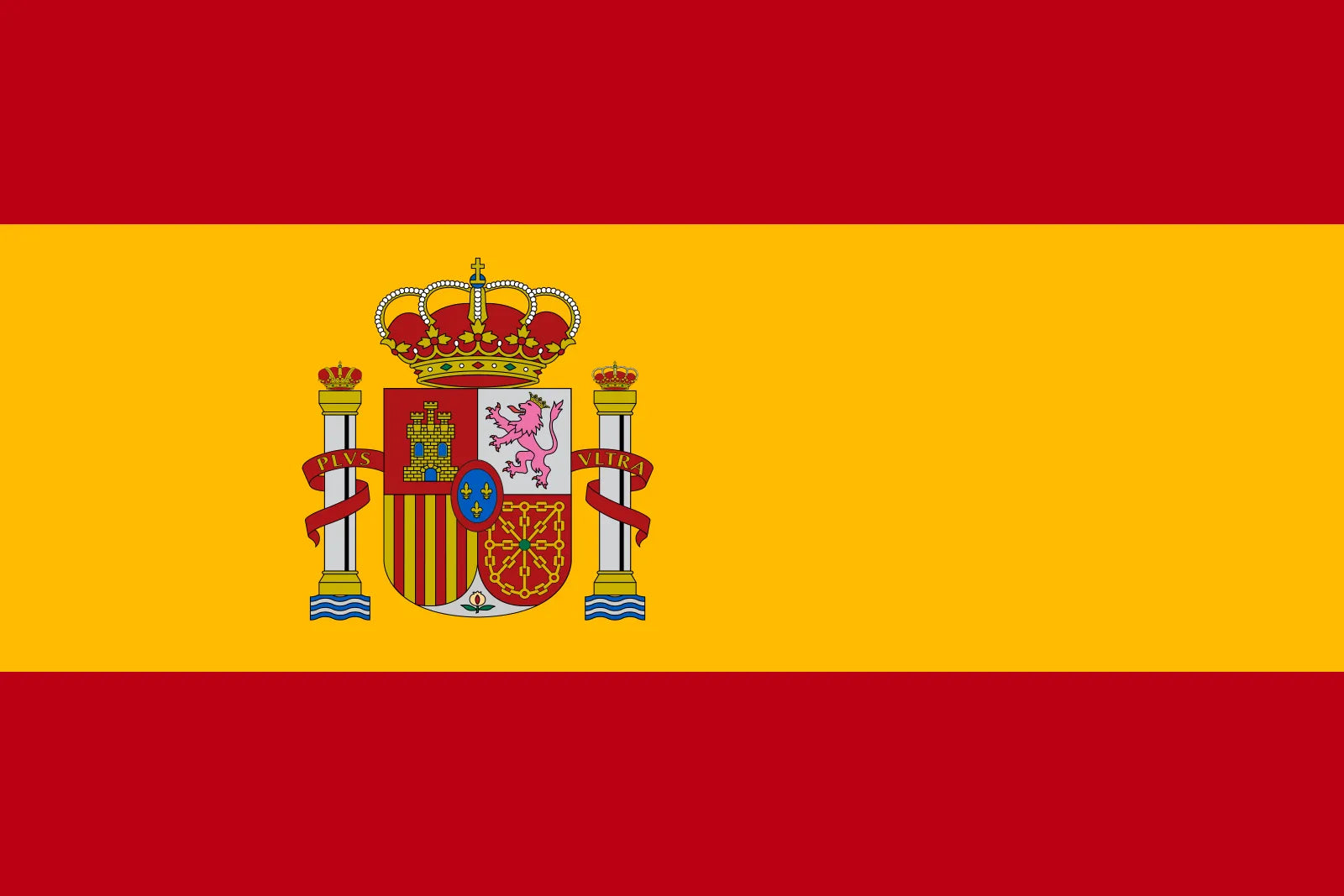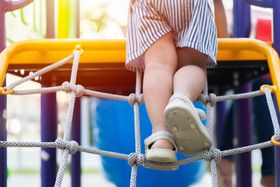Importance of Fine Motor Skills in Child Development
Tiny Movements, Big Impact: The Vitality of Fine Motor Development in Childhood
Updated August 21, 2024

When your baby first grips your finger, they are embarking on a life-long journey of mastering fine motor skills. These are the skills that will enable them to feed themselves, write, manipulate objects, and ultimately foster their independence.
In fact, children spend a staggering 30%-60% of their day utilizing their fine motor skills. Let's dive deeper into these vital skills, their developmental milestones, and how you can help your child progress on this path to autonomy.
Fine Motor Skills Developmental Milestones
To track how your child is developing fine motor skills, you can use specific milestones as benchmarks for a child's developmental stage.
When Do Fine Motor Skills Develop?
Fine motor skills begin developing from infancy. An early example of this is when a baby instinctively grasps a parent's finger. Over time, as the child grows and their coordination improves, they start reaching out to hold onto and play with toys.
Let's take a look at the milestones of motor skills development:
0-6 Months
0-6 months is the beginning of a baby's fine motor development journey. During these first few months, your baby develops the palmer grasp, a reflexive grasp allowing them to hold onto objects, and it's a natural response to palm stimulation. This reflex diminishes around six months as babies gain more control over their hands and fingers.
6-12 Months
Infants' fine motor development progresses significantly during the 6-12 months stage. Babies begin to display a refined grasp, whereby they coordinate their fingers and thumb for grip and manipulate objects. This is known as the pincer grasp. The pincer grasp allows infants to manipulate, hold and explore small objects such as finger foods and small toys. This milestone brings on a newfound level of independence as infants begin to gain better control over their fingers, helping them to self-feed, pick up objects and develop hand-eye coordination.
1-2 Years
During the 1-to-2-year stage, children develop their fine motor skills. Overall, they will display increased manual dexterity. They are drawn to creative activities, and their fine motor skills allow them to grasp onto pens and crayons to experiment with scribbling. Their self-feeding skills will have improved due to the development of their small finger muscles. Toddlers will begin to utilise a spoon or fork to scoop and pierce their food, before bringing it to their mouths.
2-3 Years
At ages 2-3, children display precise, coordinated movements with their hands and fingers. They can hold crayons more accurately, their drawings become more recognizable, and they start engaging in advanced self-care tasks such as brushing their teeth, combing their hair, and dressing with minimal assistance. Children of this age will engage in more complex activities such as puzzles and shape sorters.
» Learn the difference between fine and gross motor skills
Fine Motor Activities for Child Development
Promoting fine motor development doesn't have to be a tedious task. Here are some engaging activities that can be beneficial for developing fine motor skills.
- Paper Tearing: The process of tearing paper is a fantastic way to develop fine motor skills, as it requires precise hand movement and strength. You can also teach children to crumple up paper and throw them into a basket.
- Sensory Finger Painting: This fun activity strengthens infant muscles and develops sensory awareness, allowing infants to explore different textures.
- Sponge Painting: Show infants how to smear and stamp paint onto paper using sponges. This develops their palmer grasp as they hold, squeeze, and manipulate the sponge.
- Painting with a Brush: Manipulating a paintbrush across the paper strengthens children's grip and improves hand-eye coordination and finger dexterity.
- Q-Tip Painting: Painting with a small tool like a Q-tip develops the pincer grasp, a foundation for our writing ability.
- Steering: Incorporating steering into play can greatly aid in the development of fine motor skills. Turning the steering wheel or trike handles involves moving elbows and shoulders, which in turn supports fine motor skill development.
Why Are Fine Motor Skills Important?
Fine motor skills are essential for a child's growth and development. They not only help strengthen their muscles and coordination but also foster independence. Mastery of fine motor skills enables children to perform a variety of tasks, from brushing their teeth and dressing independently to writing, drawing, and even playing musical instruments.
» Learn why physical activity is important for child development
Stepping Stones to Independence
Fine motor skills development, underpinned by core trunk control and shoulder strength, is critical in helping children reach their respective developmental milestones. To effectively aid this process, a versatile tool like the SmarTrike x Kelly Anna stroller trike can play a significant role.
Designed for children aged 6+ months, this stroller trike enhances motor skill development through parent or child steering mode and an adjustable baby leg rest. So while your child enjoys the ride, they're also building a strong foundation for fine motor skills. Keep incorporating varied activities in your child's routine to ensure continuous and balanced growth.













